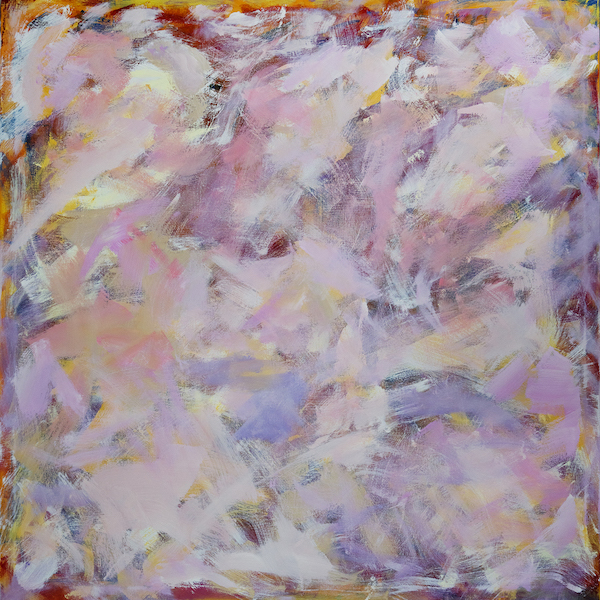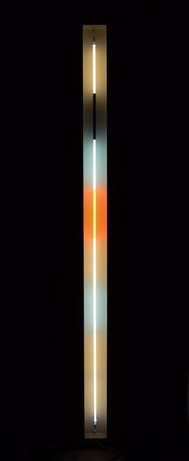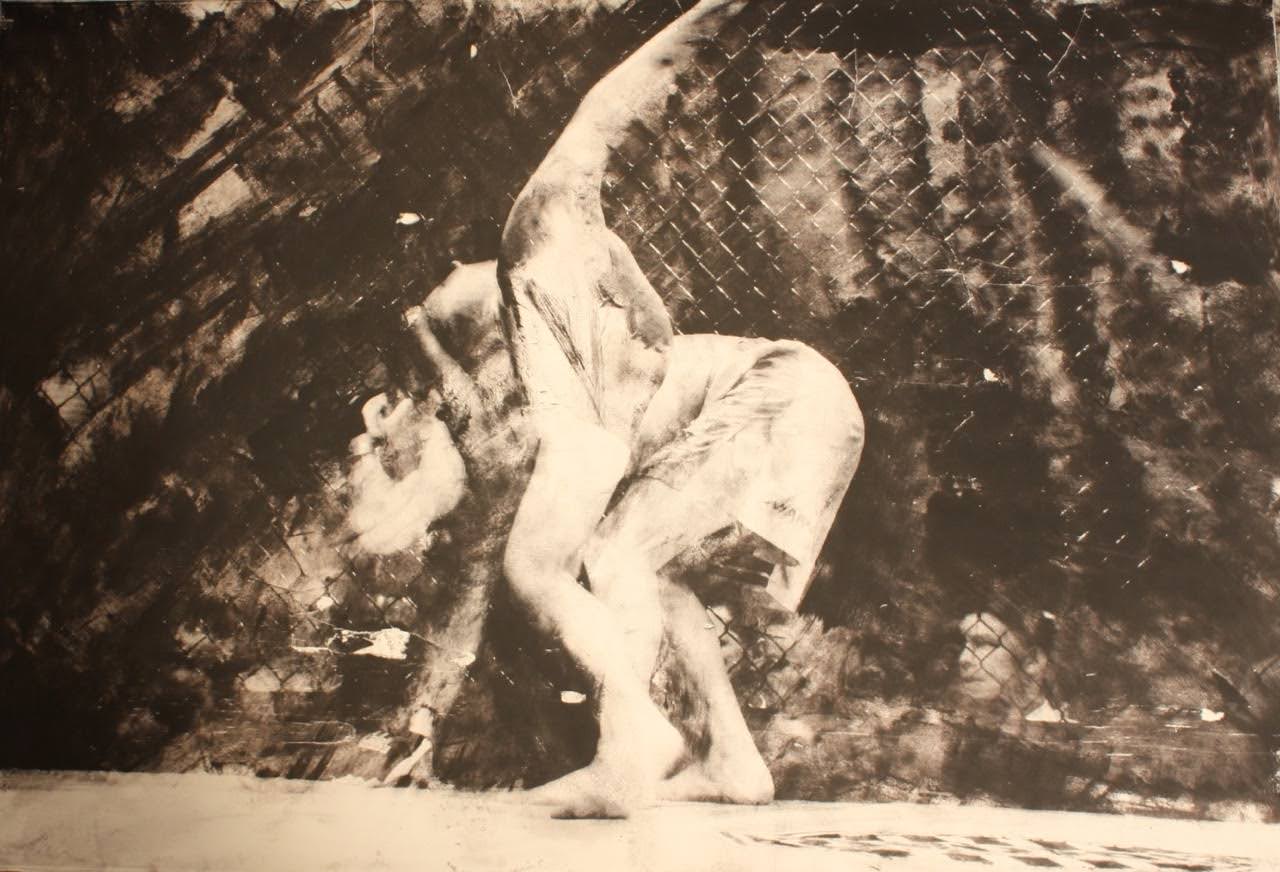A solo show of paintings by John Ransom Phillips entitled “Beyond Nature” is currently on view at Georges Bergés gallery in New York. Called a colorist, the artist is interested in finding unity beyond nature, pushing the boundaries of reality, and blurring the lines between different worlds on canvas. We spoke with the artist about the points of inspiration for this body of work (the Civil War and Lincoln in particular), the effects of listening to Puccini in the studio, and his foray into screenwriting.
WHITEWALL: What was the starting point for this body of work? Did it begin with a particular work?
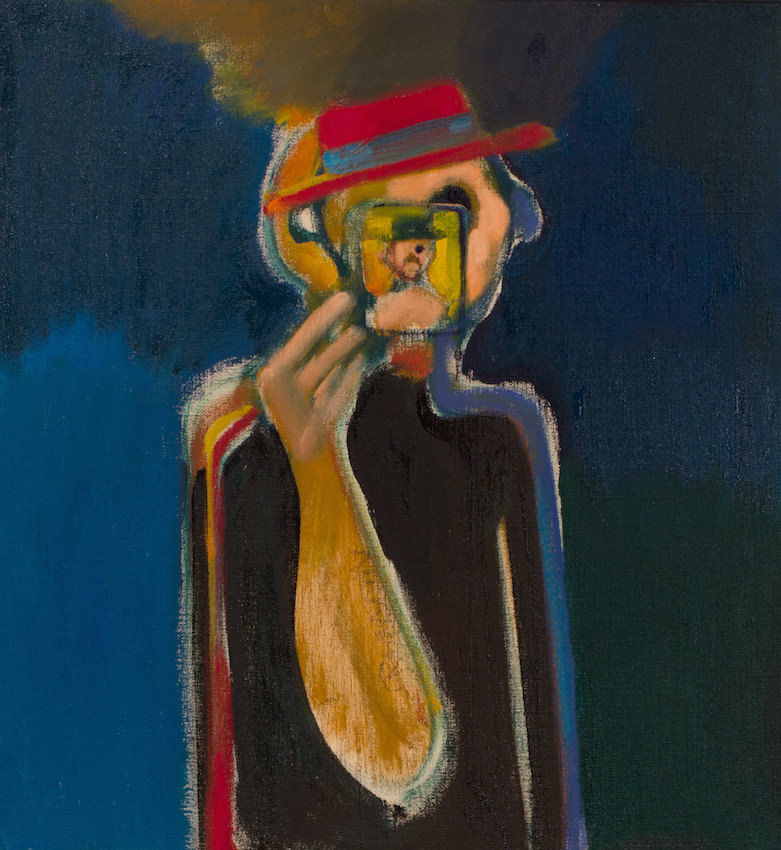
Courtesy of Georges Bergés
JOHN RANSOM PHILLIPS: I would say that “Lincoln: Smoke and Fire” inspired this exhibition, because of how I conceive my paintings—how I begin and where I go.
In looking at the painting, you see the feelings Lincoln had about the civil war, the images of fire and smoke. In my process I objectify my subjective feelings. I take stock of my feelings and project them onto something external from myself, extending these feelings to color, shape and space. Hopefully you the viewer feel these as well.
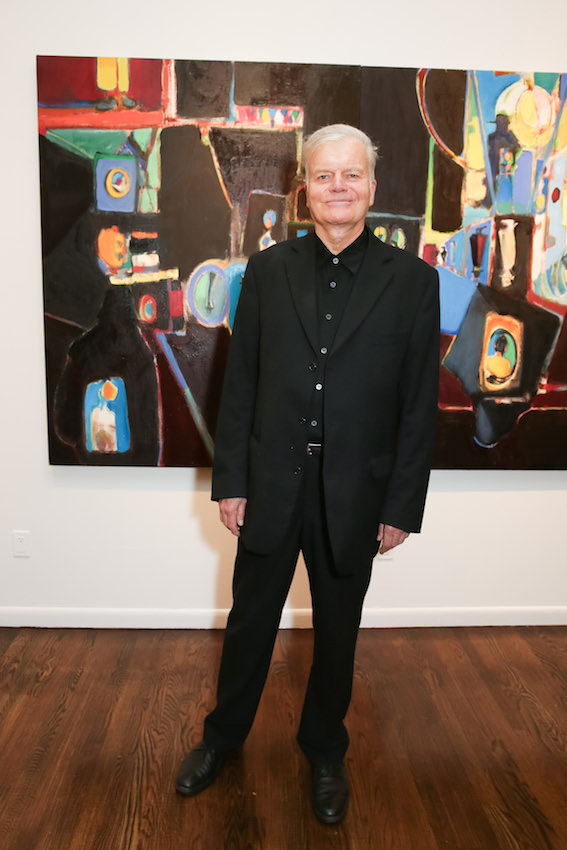
Courtesy of Georges Bergés
I feel very close to the symbolism of the 19th-century and its leading component Edvard Munch. In this school of thought, you start with a feeling, objectify it, and make it an idea.
WW: Why were you particularly interested in this period—the Civil War and Lincoln?
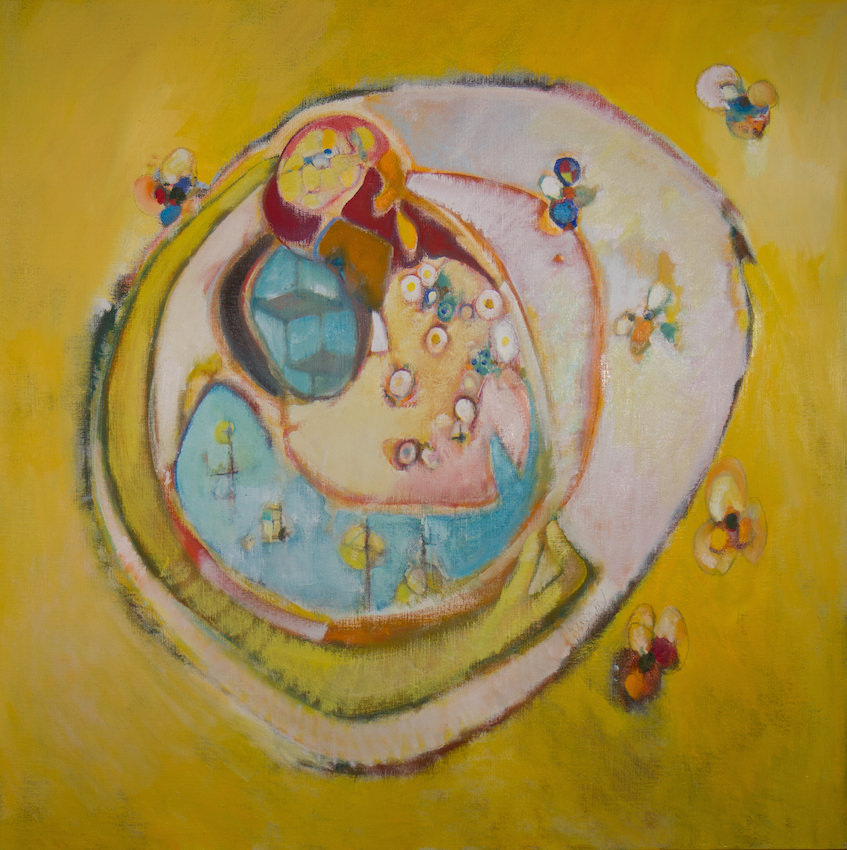
Courtesy of Georges Bergés
JRP: Like many Americans I’ve always been fascinated by the Civil War and presidents. Taking a cue from Walt Whitman, I’m interested in invading the dreams of others. People are much more themselves in their subconscious than in their waking moments. According to Whitman, when we dream, we satisfy and communicate much more honestly than in our daily lives.
If you want to truly understand the mind of a politician, you would look inside his dreams. Artistically, this is an opportunity to fully understand Lincoln, what he’s about. I’ve delved the subconscious of all 44 presidents through a complete series of 44 paintings and written pieces called Sleeping Presidents.
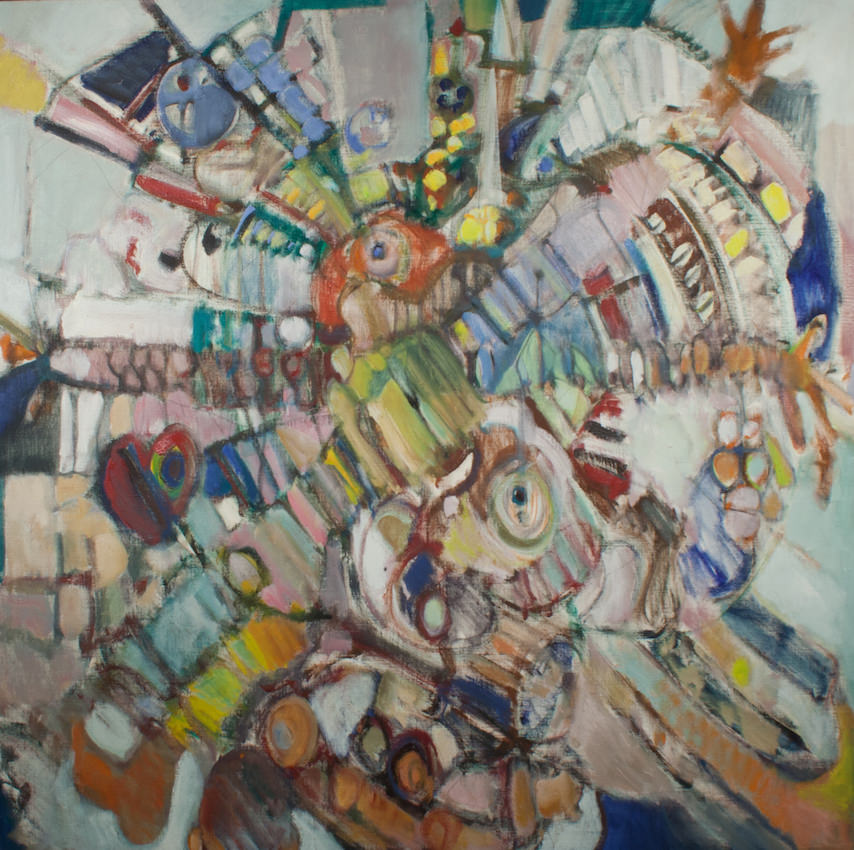
Courtesy of Georges Bergés
WW: Where do you start with a painting?
JRP: I start with a feeling that quickly becomes an idea. I’ll give an example of a work I’m doing now. I looked into a body of water recently, a lake in upstate New York. I saw my reflection and thought of Narcissus, admiring myself, showing my head in different perspectives. Ideally, I’d like to create a series that would show Narcissus, who represents ourselves or self-love, in different times of the day and different seasons.
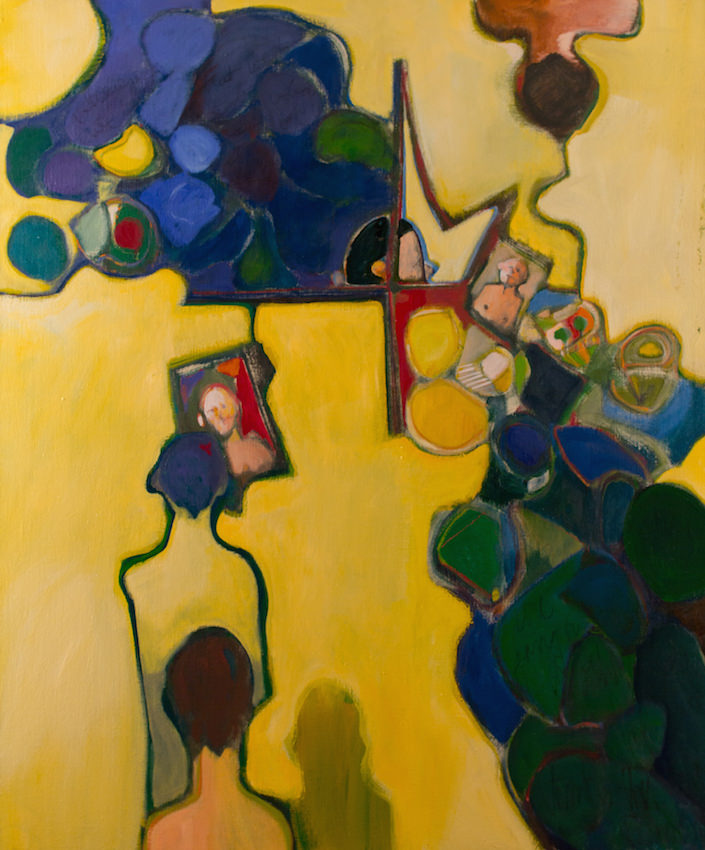
Courtesy of Georges Bergés
Rather than focusing on the image of Narcissus, it’s the water that becomes the focus. As the water changes, our perception of ourselves changes.
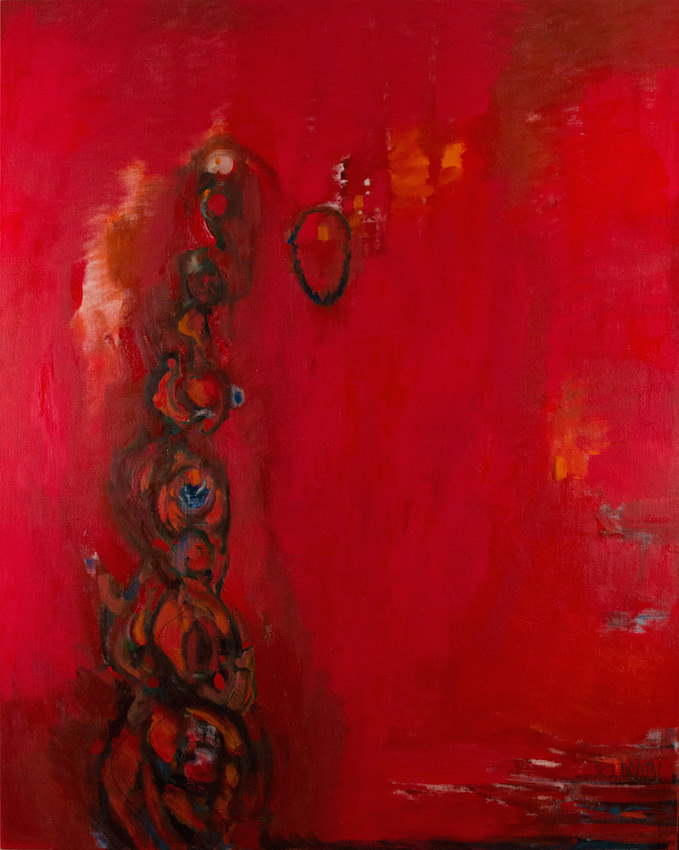
Courtesy of Georges Bergés
WW: You’ve said you’re interested in going beyond the comfort of nature and reality with your painting. In the studio, how do you create the environment for that? How do you yourself let go of reality when painting?
JRP: I think there is a landscape outside of myself that I try to get at when I paint or write. Some people might call it fantasy, but it’s separate from the everyday reality of eating, shopping or walking down the street.
In my studio I like to listen to Puccini and various operas. He’s very sensuous. People live fully, die fully and love fully in his work. It’s life enhanced.
When I feel off, I put on Puccini and have a cup of coffee. Puccini is high energy, high intensity. I find that for me he’s rather like a cappuccino, in the sense that his music energizes me. The artist Rubens also does the same. I play Puccini and this moves to feel more intensely. When I feel more intensely, I start to get ideas.
WW: You write, paint, and are a filmmaker. Is there any particular medium you think gets you closer to “unity beyond nature?”
JRP: I think they all do in their own way. I’ve progressed, or evolved I should say, from painting to writing to theater and then to film, because in some sense the boundaries that existed in my mind between these forms of expression no longer hold true.
When I’m painting I think of words, since I believe in objectifying the subjective and coming up with certain exciting ideas that I can then centralize and make real.
Sometimes I find that I’m painting Lincoln, and I start to explore how he would appear in a play or in a film. I start to see the dynamism of the camera and how it can show the back of Lincoln’s head, which in time will have a bullet in it, but at the moment that I’m looking at the back of his head, I’m expressing then his kindness, his tragedy, and his love for his four sons.
What film does, which is so exciting, is that it gives me more choices. It builds on my painting. I’ve just recently discovered it with this first film that I’ve been working on for the last 6 months. I’m not saying film is superior to painting, it’s just different. It allows me to take subject matters that I know well from painting or writing about them, and see them all in a very different and new way.
I’m very taken with something that Tennessee Williams the playwright said, that we are shaped by our fathers to encounter our world. We imbibe their anger, their joy, their passion, their timidity in great part. Though we are still free to be ourselves, we also inherit these ingredients. These can be damaging to us, i.e Richard Nixon and his paranoia, fear, anger, suspicion, or John Kennedy taking life for granted because of unlimited financial resources. Right now I keep returning to this idea in film, in theater, and certainly in painting.





